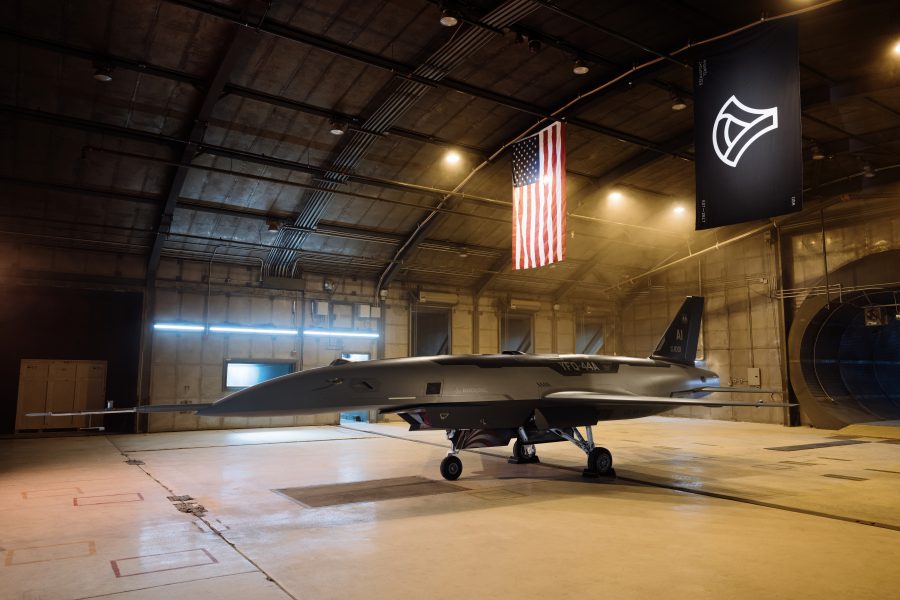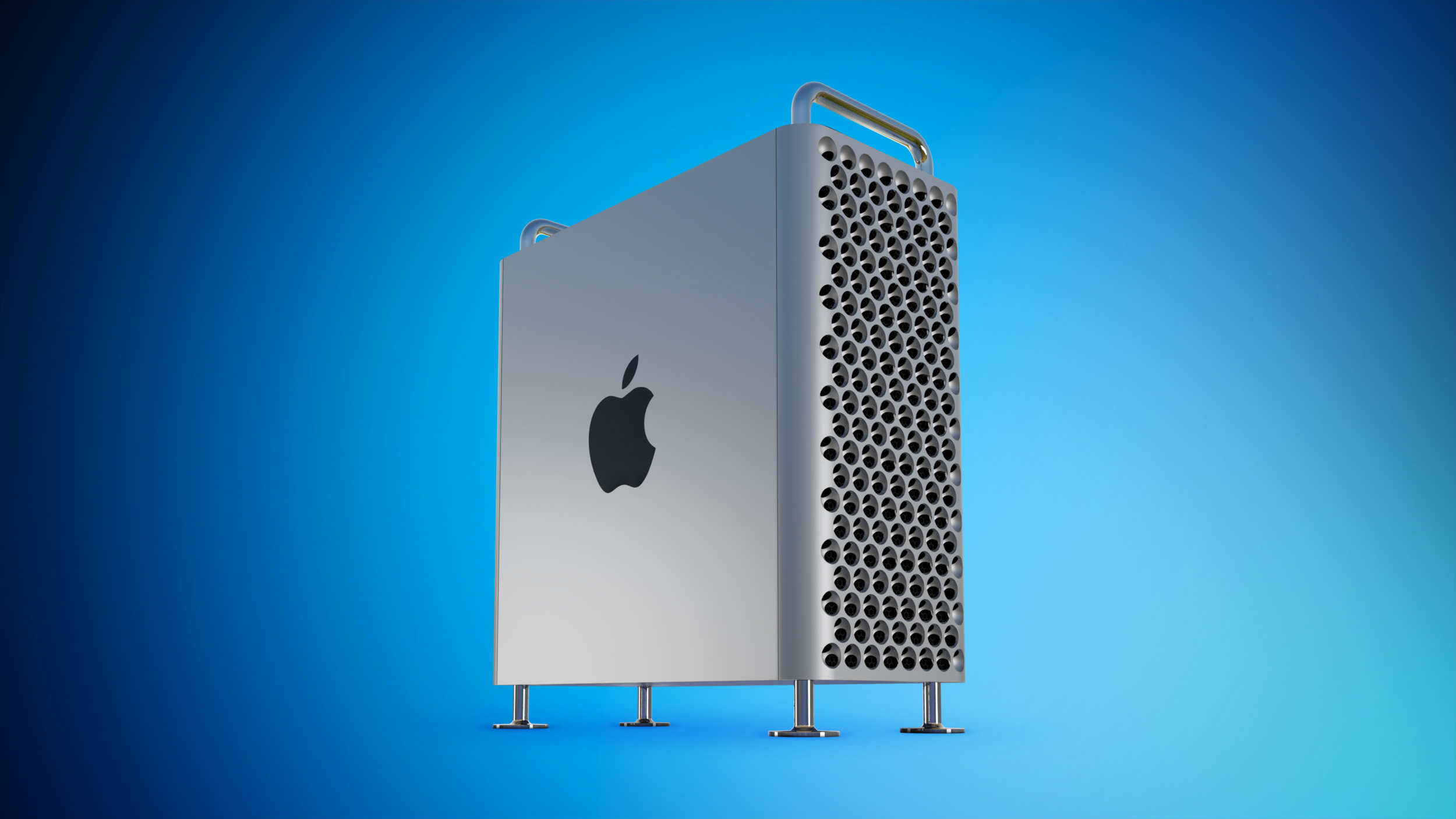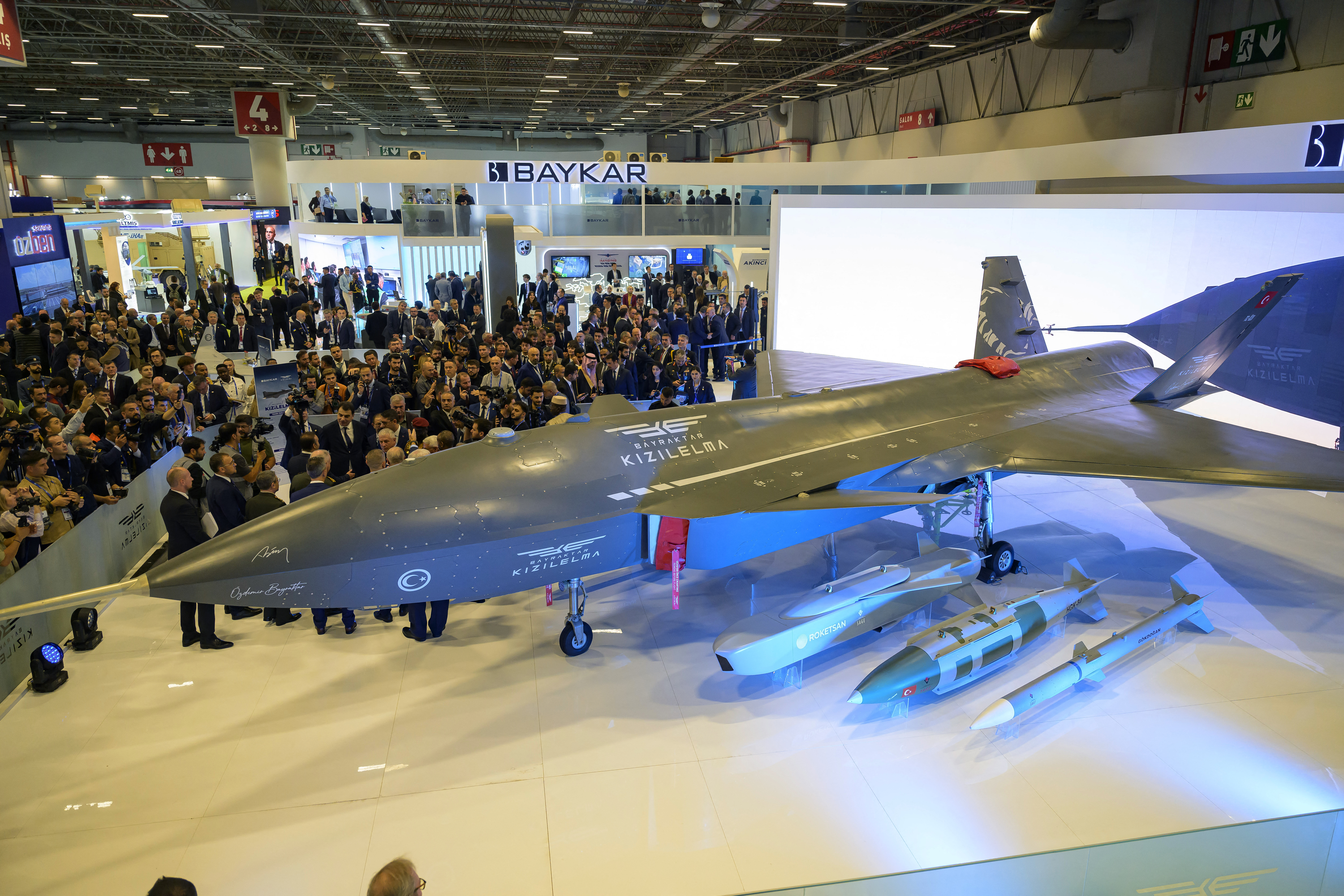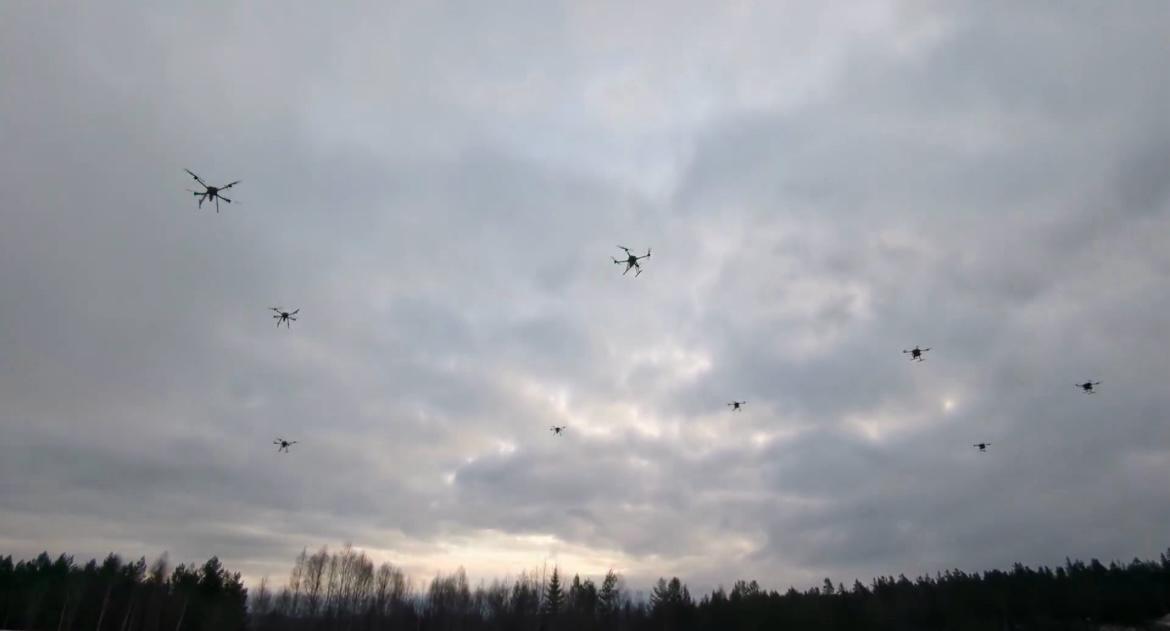
NATIONAL HARBOR, Md.—Anduril Industries will fly its YFQ-44A Collaborative Combat Aircraft drone for the first time soon, and that flight will be semi-autonomous, officials said at AFA’s Air, Space & Cyber Conference.
“We’re within, like spitting distance at this point,” said Anduril vice president of air dominance and strike Diem Salmon said. “A lot of the ground testing is getting us right up to first flight. Overall, still feel really good about us being on schedule for the program and being well ahead of where the Air Force had originally intended.”
Secretary of the Air Force Troy E. Meink told reporters here he hoped Anduril’s entry would mkae its first flight by mid-October; a spokesman later told Air & Space Forces Magazine the timeline remains fluid.
Both Salmon and the Air Force official said the service and contractor are in the “final stages” before first flight.
“The aircraft is fully built, and we’re ensuring the software is ready so we enter flight test with confidence and continue driving the CCA program forward,” the Air Force official said.
Anticipation—and pressure—is building on Anduril, which is competing against General Atomics in the CCA program, which aims to produce semi-autonomous drones to fly like wingman for manned fighter jets. General Atomics flew its YFQ-42A for the first time Aug. 27.
Air Force Chief of Staff Gen. David W. Allvin said earlier this year he hoped to have the first flight of the CCA program by summer 2025, and General Atomics met that objective. But speaking at AFA’s Air, Space & Cyber Sept. 22, neither Anduril nor Air Force officials suggested they’d missed a deadeline. Rather, they projected optimism.
“We have multiple vehicles at our test facility in ground testing right now, and we’re in the final stages before first flight,” Salmon said. “All in all, we’re still well ahead of the program schedule.”
A USAF official offered: “The Air Force, in coordination with Anduril, remains on track and is in the final stages before flight testing the YFQ-44A.”
Salmon and Anduril’s Senior Vice President of Engineering for Air Dominance and Strike Jason Levin chalked up the lack of a flight to this point in part to the company’s decision to make its first flight semi-autonomous.
“The goal for Anduril is always to make this an actual semi-autonomous CCA, and so that’s been the emphasis since day one,” Salmon said. “Taxi has been semi-autonomous, which basically means, we hit a button, it goes to the points designated …, completes its taxi, returns. The goal is to also get to a semi-autonomous first flight, which means takeoff and landing will be done via push of a button. There is no stick and throttle. It will be able to execute the actual first flight profile, pre-planned using autonomy software on the vehicle.”
The complexity of that software, however, is challenging. “There’s just a little bit more on the software development side that needs to get rung out,” Salmon said. “So that is currently our that’s what’s currently driving our schedule right now.”
General Atomics’s YFQ-42A flew under the control of a ground control station as part of a “crawl, walk, run” approach, said C. Mark Brinkley, the company’s chief of global marketing. Flying with a stick and throttle meant the company could gather “real-world” data more quickly, Brinkley said.
Brinkley also noted that GA, a longtime drone builder for the Air Force, has already developed an automatic takeoff and landing capability it has deployed to drones in the field and worked with autonomy software through several programs.
“General Atomics has been launching and landing airplanes for 30 years, and understands the steps required to avoid unnecessary risks. We’ve been flying uncrewed jets fully autonomously for years,” Brinkley said. “YFQ-42A is designed for semi-autonomous flight, and that’s not even in question. This is like saying I never expected my baby to crawl, but go straight from the crib to the Air Force Marathon.”
Both Salmon and Levin agreed that “the jet itself should be the easy part,” and that the autonomy software is the bigger test. They said Anduril’s YFQ-44A will fly using flight software developed in-house by Anduril, while the Air Force continues to work on mission software specific to the CCA program. The service has said five firms are competing for the CCA software contract but has never disclosed who they are.
“At some point in the program, we’re going to have to integrate mission autonomy, that’s going to have to interact with the software on the platform as well,” Salmon said. “So the more we can develop and burn down now, right, the less we have to do in the back end of the program.”
The post Anduril’s CCA Within ‘Spitting Distance’ of 1st Flight, Firm Says appeared first on Air & Space Forces Magazine.

Air, Anduril, Anduril Industries, CCA, Collaborative Combat Aircraft, General Atomics, YFQ-42A, YFQ-44A
Air & Space Forces Magazine
[crypto-donation-box type=”tabular” show-coin=”all”]












